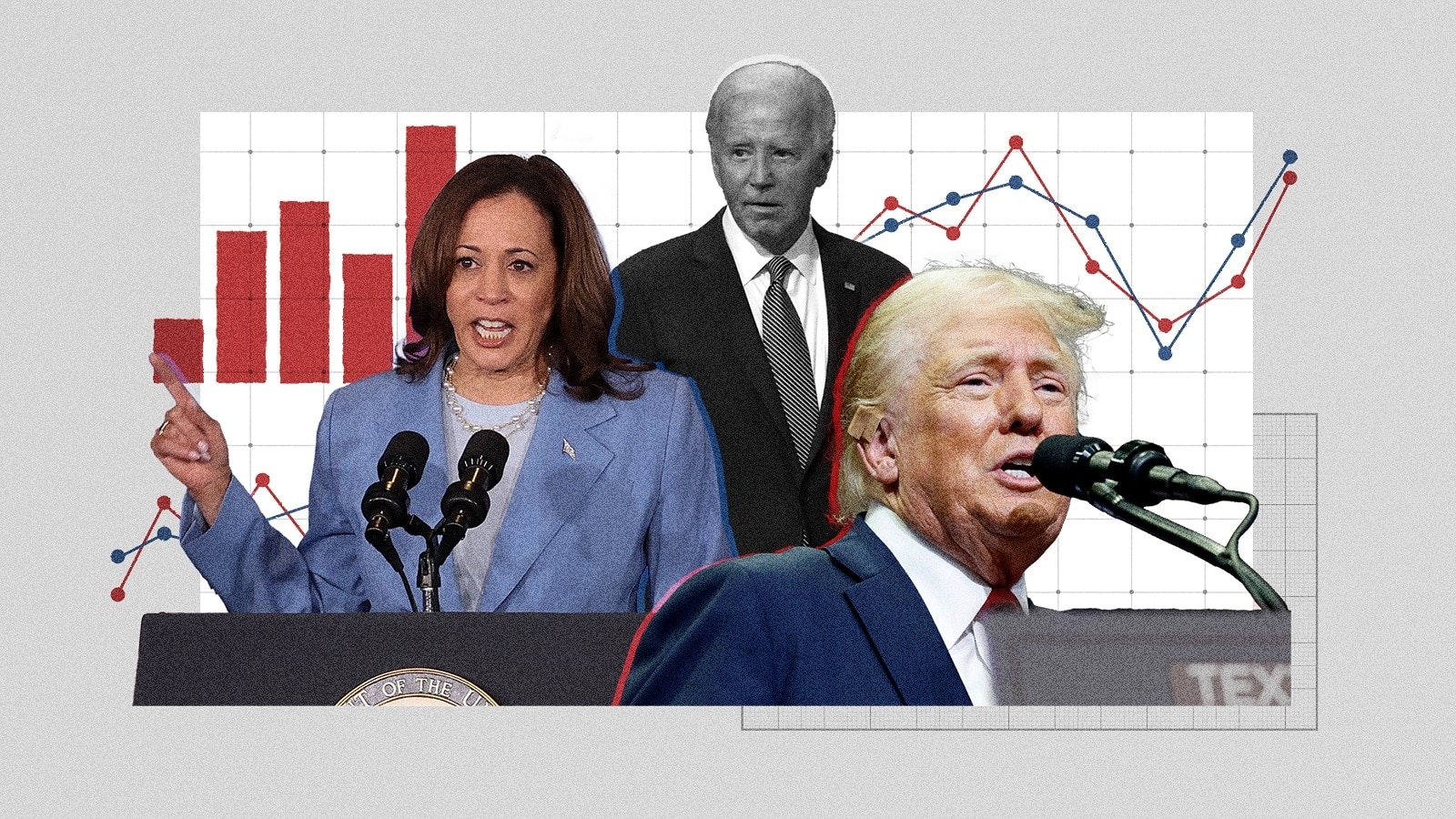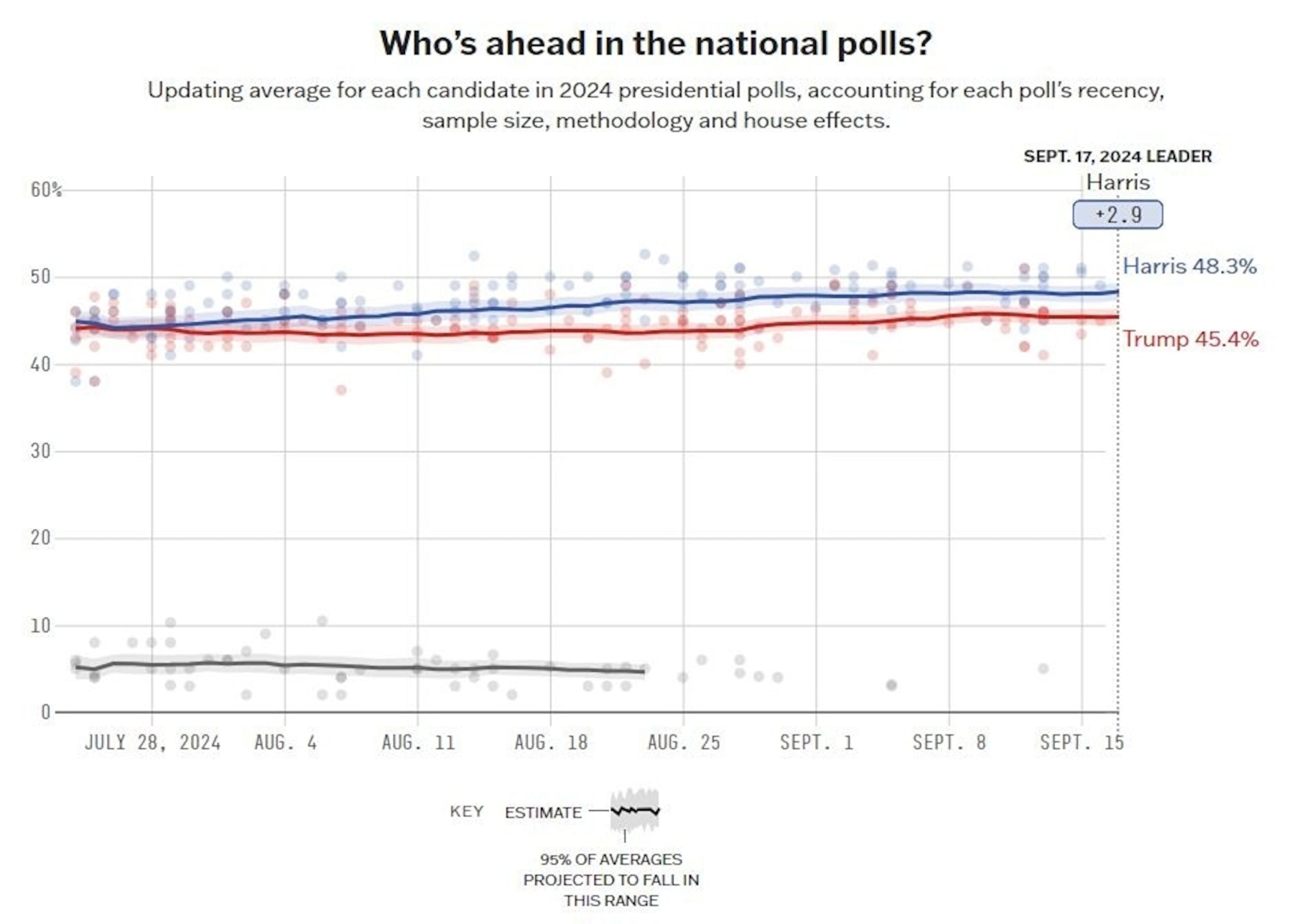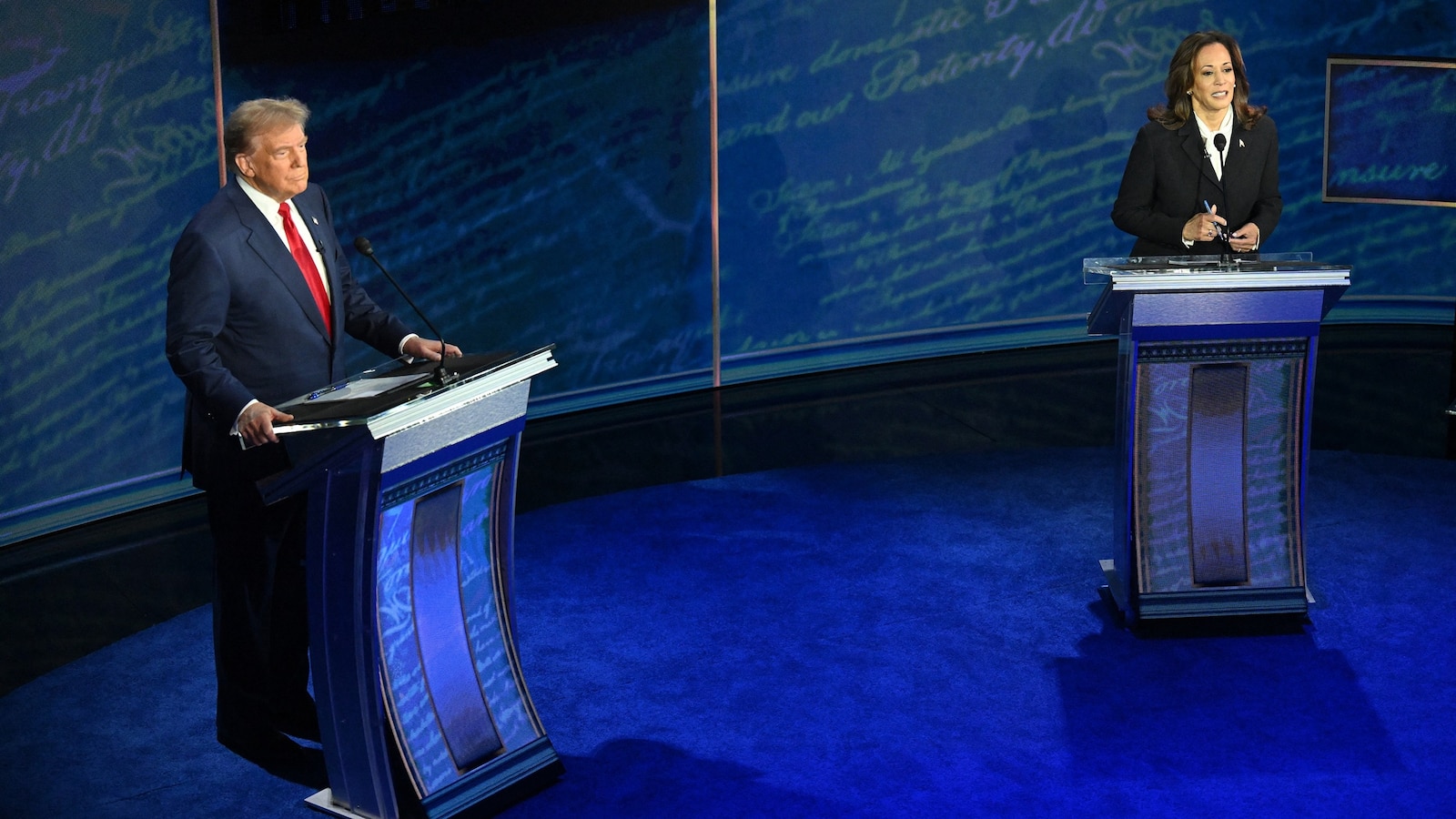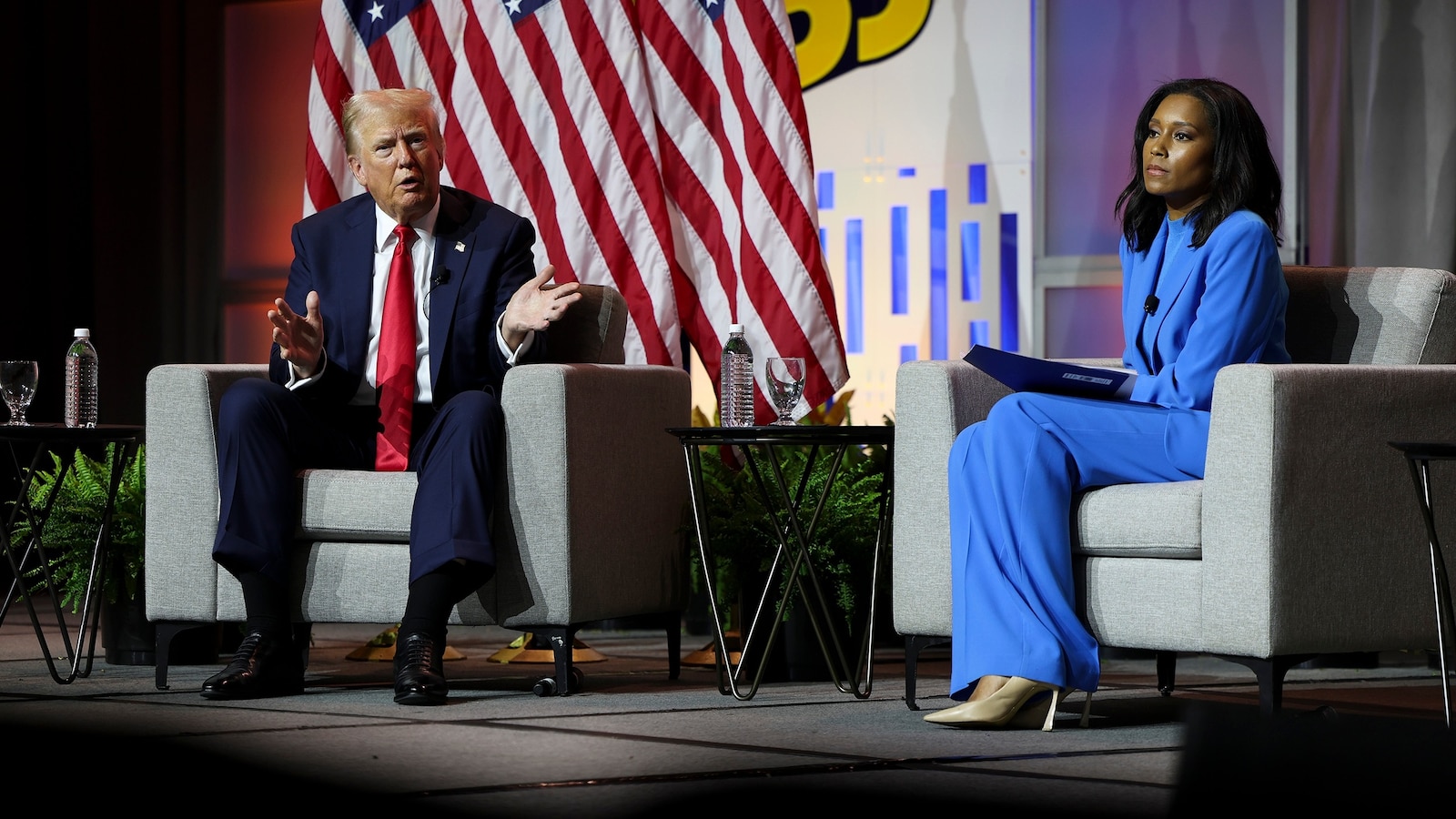
The past nine days have featured some of the wildest twists and turns in the history of U.S. presidential elections. On July 13, former President Donald Trump survived an assassination attempt two days before the start of the Republican National Convention. Then yesterday, President Joe Biden announced he was dropping out of the 2024 race, an unprecedented move for a sitting president who was his party’s presumptive nominee.
Biden’s exit follows more than three weeks of growing calls among Democratic Party officials, donors and voters for him to consider stepping aside following his woeful performance in the June 27 debate against Trump. His decision leaves a vacant presidential nomination slot for Democrats less than a month before the party gathers in Chicago for its national convention. Yet Biden and many other high-profile Democrats have lined up behind Vice President Kamala Harris, making her unquestionably the most likely post-Biden alternative.
Naturally, we wondered how much better or worse Harris has polled against Trump compared with Biden. To get an initial apples-to-apples comparison, we homed in on national- and state-level surveys that separately tested both Harris and Biden against Trump. We also split the polls by whether the pollster conducted the survey before the debate (going back to Jan. 1) or after it, which gave us 24 pre-debate polls and 46 post-debate polls. While Harris consistently polled worse than Biden did against Trump before the debate, since then she’s sometimes polled ahead of Biden. In fact, Harris fared the same as or better than Biden in close to half of the post-debate polls: A near-bell curve distribution in the differences between their margins in these polls is centered close to 0, suggesting little to no meaningful difference between how Harris and Biden performed.
And it seems that Harris’s stronger showing in these later polls is more about her having made up distance on Trump than Biden losing ground. Across nine national surveys before the debate, Harris did about 3 points worse than Biden on average, but in 25 post-debate polls, she’s only performed about 1 point worse than Biden on average — even as Biden’s margin in the same set of post-debate surveys also got slightly better.* Harris also improved her showing across the swing states, based on a very limited sampling of polls.
To be clear, this doesn’t mean that Harris will run notably stronger than Biden, only that she could. Her post-debate polls against Trump relative to Biden have a great deal of variance, ranging from around 8 points worse to 4 points better than how Biden performed. Based on an average of 26 national polls conducted over the past month, Harris trailed Trump by 4.5 points nationally compared with a smaller 3-point deficit for Biden.
Polling at the state level is limited at this point, with no more than four polls conducted in the past month in any battleground state. But based on the state-level polls we do have, things don’t look any more rosy for Harris there, as she lags behind Biden’s margin against Trump in the key battleground states for which we have data. In our aggregate of this limited set of polls, Harris trailed Trump by around 3 points in Wisconsin (Biden trailed by about 2 points), by almost 5 in Pennsylvania (Biden was down around 4) and by 5 in Michigan (Biden was behind by about 2). This raises the possibility that she could have a harder time than Biden winning the Electoral College and thus the election.
Still, if Harris does end up as her party’s nominee, Democrats will hope that her polling improves as she mounts an active campaign against Trump. For one thing, Harris could experience something of a quasi-convention bounce in the wake of the coverage of Biden’s departure and her now-active candidacy. Moreover, until Sunday, any poll that tested Harris (or any other possible Democratic candidate) had been hypothetical for survey respondents. That is not the case anymore, which could at least partially reset the race and shift how some voters are thinking about it moving forward. For Democrats, Harris could represent an escape hatch from the doom spiral of negative media coverage that had hounded Biden following the June debate, as well as the heightened concerns about his capacity to serve at 81 years old and fears that he could not recover the momentum against Trump.
Ultimately, Harris’s seeming upward trend in the polls and the fact that she’s polled better than Biden in many recent surveys will give Democrats reason to hope that she has a higher ceiling of support than the president, whose polling numbers had remained pretty stagnant throughout the campaign. This seems especially true because fewer Americans have expressed an opinion about Harris than Biden in approval polling. In theory then, the public has less concrete views about the vice president, which could allow her to win over some voters who didn’t want to consider Biden.
Of course, that hypothesis needs to be tested on the proving ground of the campaign trail. If nominated, Harris could absolutely end up losing to Trump — after all, the same post-debate polling that suggested she could do better than Biden also pointed to a potentially lower floor of support. But for Democrats who felt like they were slouching toward defeat in November behind a candidate whom voters were increasingly unenthused by, a Biden alternative could shake up the race, excite the party and give Democrats a chance of rebuilding an anti-Trump coalition that could win.
Footnotes
*To reiterate the limitations of this analysis, we know that Biden’s margin against Trump actually got slightly worse in 538’s national polling average right before he dropped out. The post-debate polls that tested both Harris and Biden constitute only about one-third of all state and national polls that asked about the general election in the post-debate time frame.
As the 2020 presidential election approaches, polling data is becoming increasingly important in predicting potential outcomes. One matchup that has garnered significant attention is a potential face-off between Vice President Kamala Harris and former President Donald Trump.
Polling data has shown a tight race between Harris and Trump, with both candidates having strong support among their respective bases. However, there are several key factors that could influence the outcome of this matchup.
One factor to consider is the overall approval ratings of both candidates. While Harris has seen a slight increase in her approval ratings since taking office, Trump continues to have a loyal base of supporters who view him favorably. This could give Trump an advantage in a head-to-head matchup with Harris.
Another factor to consider is the issue of electability. Harris, as the first female vice president and a woman of color, may have an advantage in appealing to a diverse electorate. However, Trump’s populist appeal and strong support among working-class voters could make him a formidable opponent.
Additionally, the state of the economy and the handling of the COVID-19 pandemic could play a significant role in shaping voter opinions. If the economy continues to improve and the pandemic is brought under control, this could benefit Harris as the incumbent administration. However, if there are setbacks in either of these areas, Trump could capitalize on voter dissatisfaction.
It is also important to consider the impact of third-party candidates and undecided voters. In a close race between Harris and Trump, third-party candidates could siphon off crucial votes, potentially tipping the balance in favor of one candidate over the other. Additionally, undecided voters could swing the election in either direction, depending on how they ultimately decide to cast their ballots.
Overall, the analysis of polling data for a potential matchup between Harris and Trump is complex and multifaceted. While both candidates have their strengths and weaknesses, it will ultimately come down to how they are able to connect with voters and address key issues facing the country. As the election draws nearer, it will be crucial to closely monitor polling data and trends to get a better sense of how this matchup may unfold.


